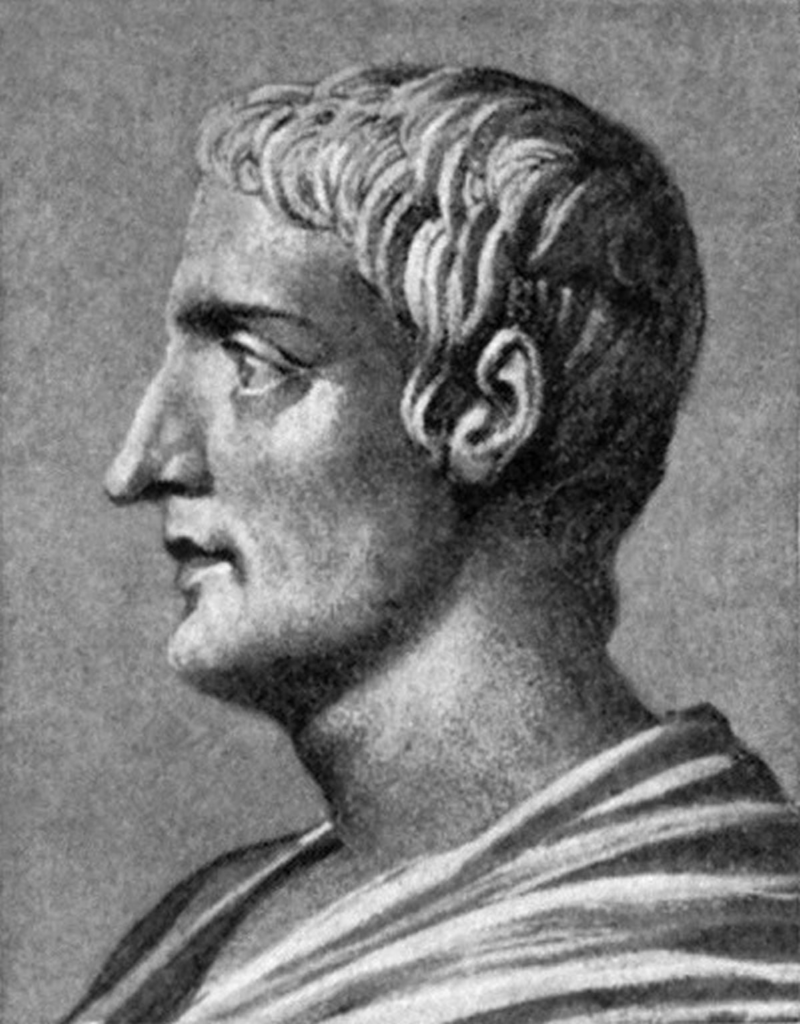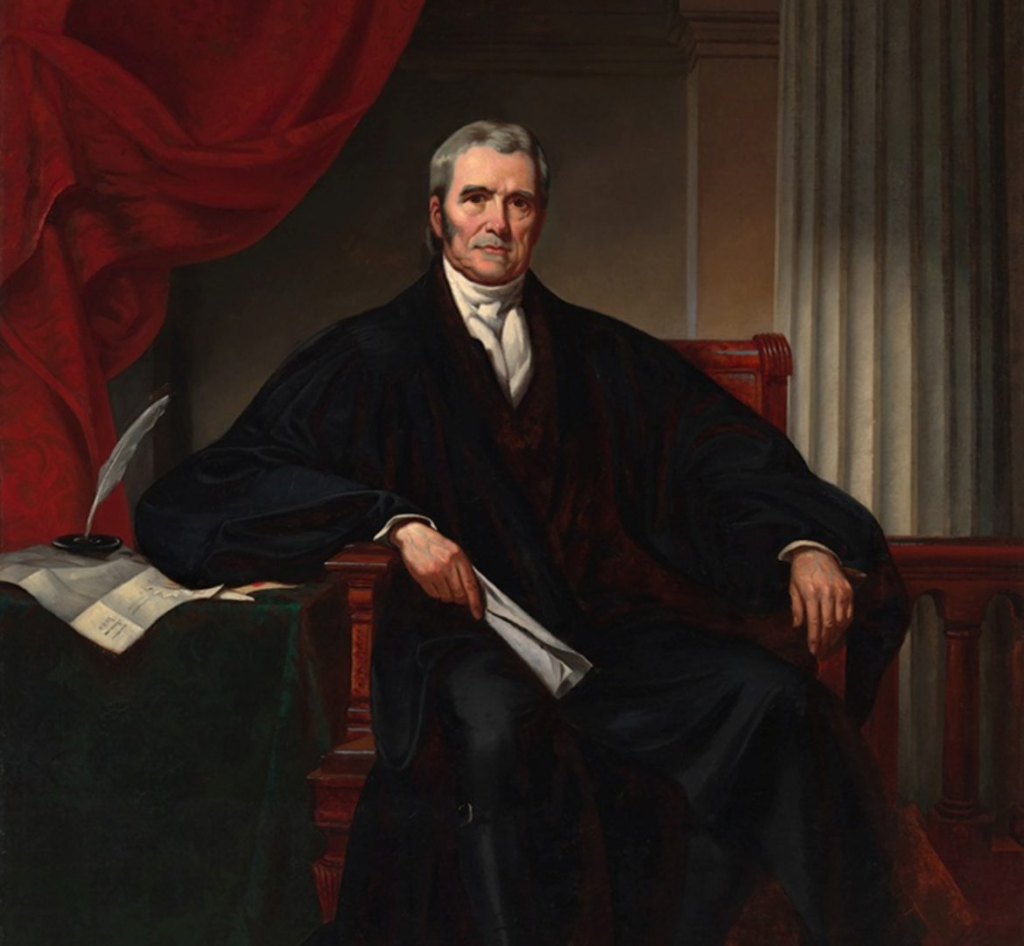Patricia Neal’s line from the movie “In Harm’s Way”. “The smiling young lady from Niger. She rode on the back of a tiger. And after the ride she wound up inside with her smile on the face of the tiger”.
This simple ditty resembles in many ways the state of affairs between the US Congress and the Administrative State.
June 11, 1946, President Harry S Truman signed into law the “Administrative Procedure Act”; a federal statute that provides the procedures under which government agencies may propose and establish rules and regulations that often become US administrative law with oversight provided by the federal court system. The rub comes when agencies write rules that do not conform to the rule of law and often ignore any constraints placed on said rules forcing suits to be filed to seek compliance.

The House Judiciary Committee began considering changes to the APA in 2005 that may bring substantial changes to the proliferation of agencies that have been created since the inception of the US government. As the number of agencies has increased, many may be redundant and conflict with other agencies that have overlapping authority. Is it time to reduce the number and restrict the authority of some of these agencies?
“When the state is most corrupt, then the laws are most multiplied.”
Tacitus

A short review of the US Constitution gives “We the People” the most concise and definitive answers to much of this confusing harangue.
Article 1; Section 1: All legislative powers herein granted shall be vested in a Congress of the United States, which shall consist of a Senate and House of Representatives.
Article 3; Section 1: The judicial power of the United States shall be vested in one Supreme Court and in such inferior courts as the Congress may from time to time ordain and establish.
Article 6; Section 2: This Constitution and the Laws 0f the United States which shall be made in Pursuance thereof; shall be the supreme Law of the Land.
Article 10 of the Bill of Rights states: The powers not delegated to the United States by the Constitution, nor prohibited by it to the States, are reserved to the States respectively or to the people.

Supreme Court Justice John Marshall closed his final remarks in “Marbury vs. Madison” with this:
“It is not entirely unworthy of observation, that in declaring what shall be the supreme law of the land, the constitution itself is mentioned; and not the laws of the United States generally, but those only which shall be made in pursuance of the constitution, have that rank. Thus, the particular phraseology of the constitution of the United States confirms and strengthens the principle, supposed to be essential to all written constitutions, that a law repugnant to the constitution is void; and that courts, as well as other departments, are bound by that instrument. That rule must be discharged”.
Walt Mow 2022